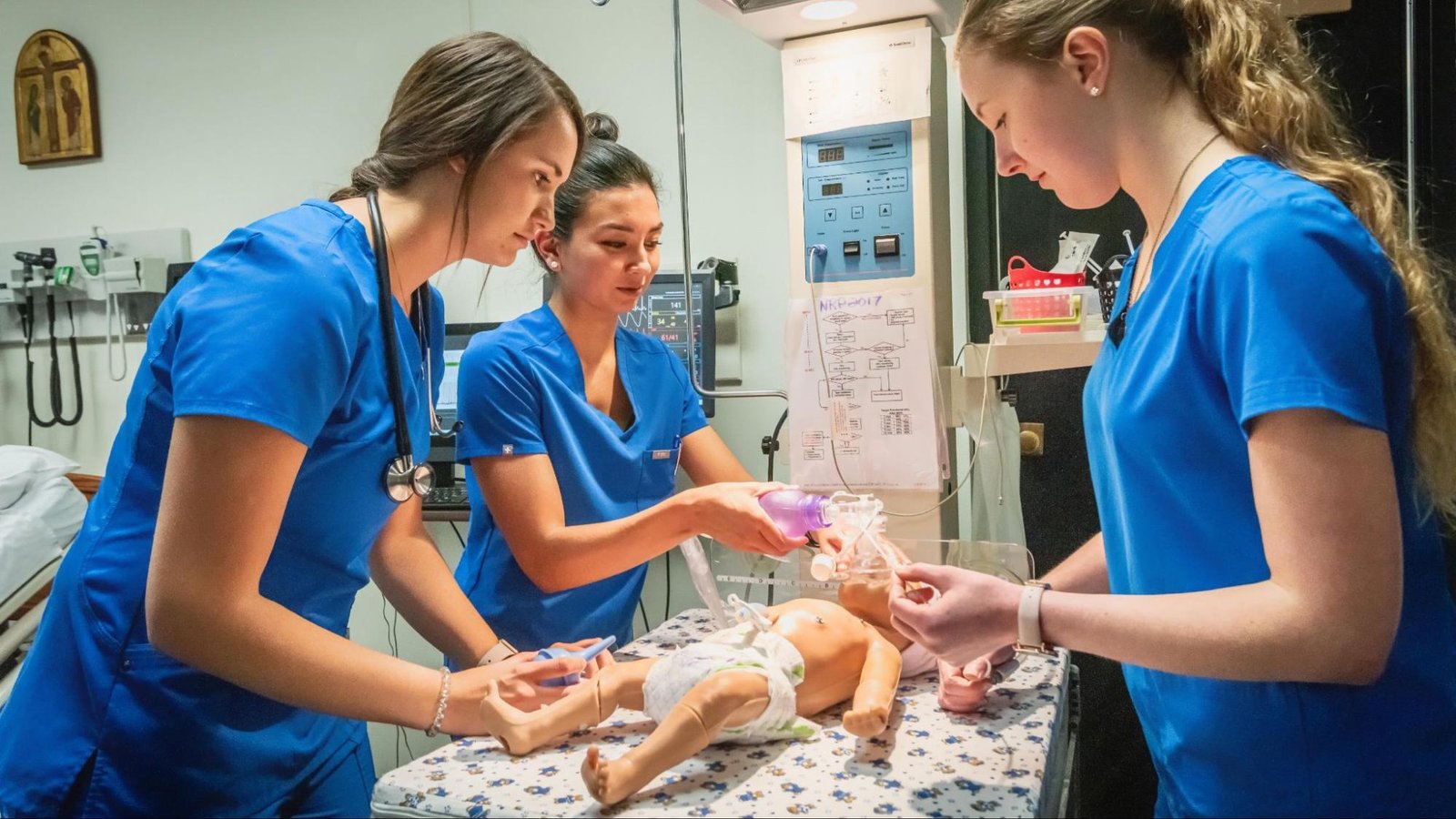Today our topic of discussion is Safety Measures in Patient Care Environment .
Safety Measures in Patient Care Environment

•Identify patients at risk for injury. Those at special risk include:
- Elderly or confused patients
- Patients with impaired vision or hearing
- Patients with impaired mobility (wheelchairs, walkers, and partial paralysis)
- Patients with a history of falls Patients with a history of substance abuse
- Patients receiving medication that interferes with reasoning or motor functions
•Protect the patients at risk for injury
•To prevent falls:
- Place the bed in the low position
- Keep the side rails up when the patient is not receiving bedside care
- Advise the patient to wear low-heeled shoes that fit well when walking
- Ensure that nonskid strips or mats are affixed to the bottom of bathtubs and shower floors
- Ensure that bathtubs have sturdy handrails and shower stools are in place when needed
- Warn patients and visitors when floors are wet and slippery. Also see that signs are posted
•Protective restraints:
- Use restraints when careful assessment indicates that these are needed (Some facilities require a doctor’s order for restraints)
- Movement is essential to the patient’s well being.Use the least restrictive type of restraint, which will protect the patient
- Apply the restraint for the shortest amount of time. necessary. The vest restraint may only be necessary while a patient is sitting in a wheelchair
- Provide for as much movement as possible. The waist restraint protects the patient from falling out of bed but still allows the patient to change position independently
- Restrain the fewest limbs or body parts possible. However, if leg restraints are necessary, use wrist restraints also. If this is not done, the patient may remove the leg restraints or he may accidentally hang by his heels in the restraints
- Tie the restraint with a knot that is not likely to come loose, yet can be released easily by the nurse in an emergency. A half-bow knot meets these criteria
- Explain to the patient the reason for the restraint.Position him comfortably and change his position every 2 hours. Feed the patient who must remain restrained during meals. Help him use the toilet, bedpan, or urinal at regular intervals

•Prevents scalds and burns:
- Place coffee, tea, and other hot liquids where the patient can reach them easily and safely
- Assist the patient if there is any doubt about whether he can safely regulate the temperature of water in tubs or showers
- Carefully follow policy when using hot-water bags or heating pads. Because of the danger of burning patients, many health care facilities do not allow their use
•Prevent the spread of infection. A health care facility may adopt its own infection control policies and practices. However, the procedures generally follow the recommendations from the Centers for Disease Control (CDC). This is a federal agency that studies pathogens, outbreaks of contagious diseases, and methods used to control these outbreaks
- Preventing disease, including infections, is a high priority in health care. Nurses should use techniques that prevent microorganisms from living, growing, and spreading
- Two methods are used to reduce or eliminate the presence of microorganisms and thus prevent infections. These two methods are called surgical asepsis and medical asepsis
- Surgical asepsis refers to the practice that eliminates the presence of all microorganisms (bacteria, viruses, fungi, yeasts, molds, rickettsia, and protozoa). This practice is sterilization
- Medical asepsis refers to practices that help reduce the number and inhibit the growth of microorganisms, especially pathogens (those that cause infections or contagious diseases). Medical asepsis, also called clean technique includes use or heating pads.
- Exit from reservoir. Escape routes for organisms include the nose, throat, mouth, ear, eye, intestinal tract, urinary tract, and wounds

- Vehicle of transmission. The means by which organisms are carried about include hands, equipment, instruments, china and silverware, linens, and droplets
- Portal of entry. The part of the body where organisms enter include any break in skin or mucous membrane,the mouth, nose, and genitourinary tract Susceptible host.
- A person who cannot fight off the organism once it enters his body and therefore, he becomes ill.
Read more:
